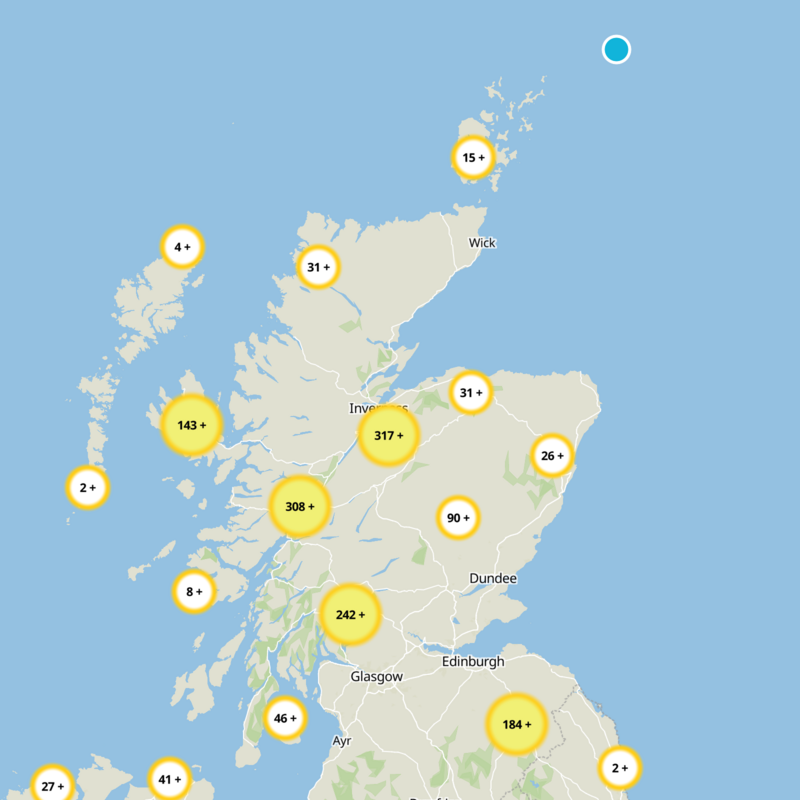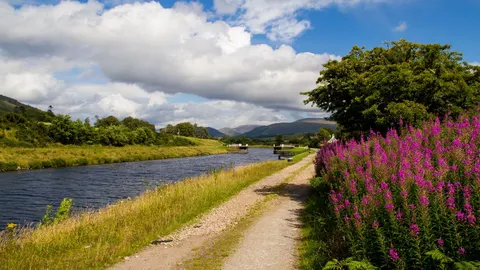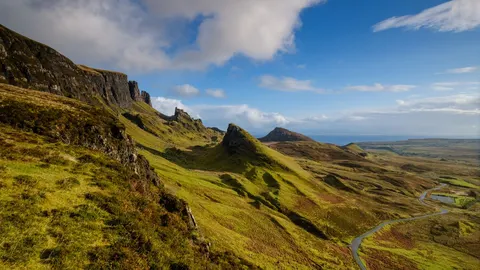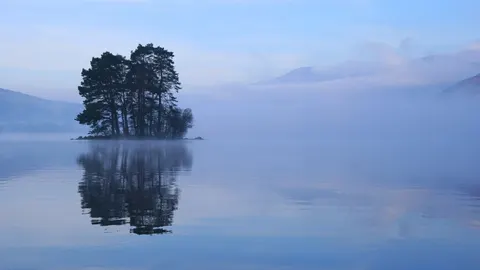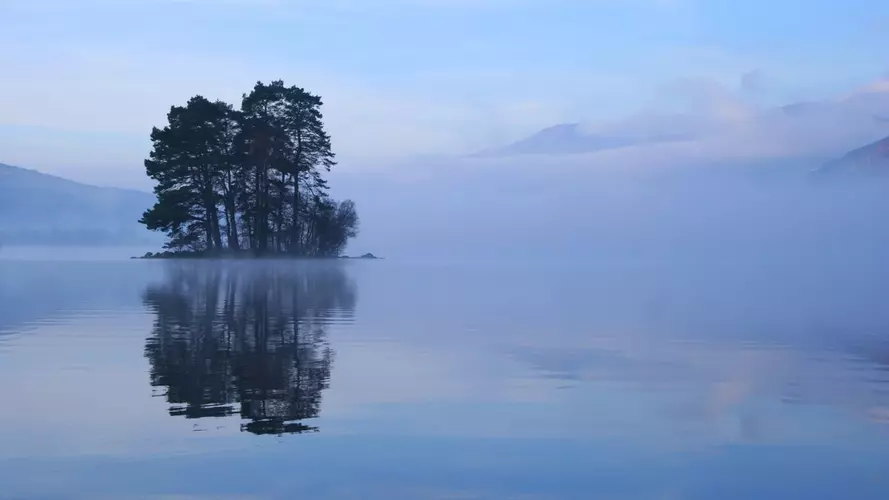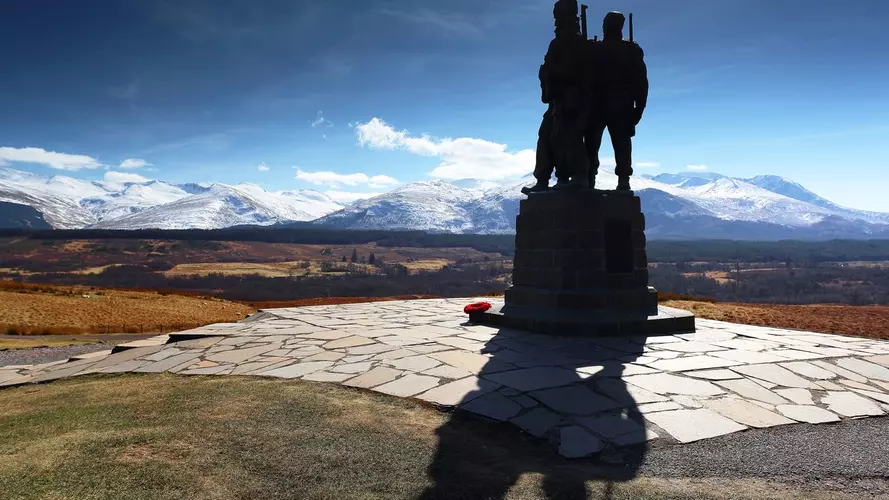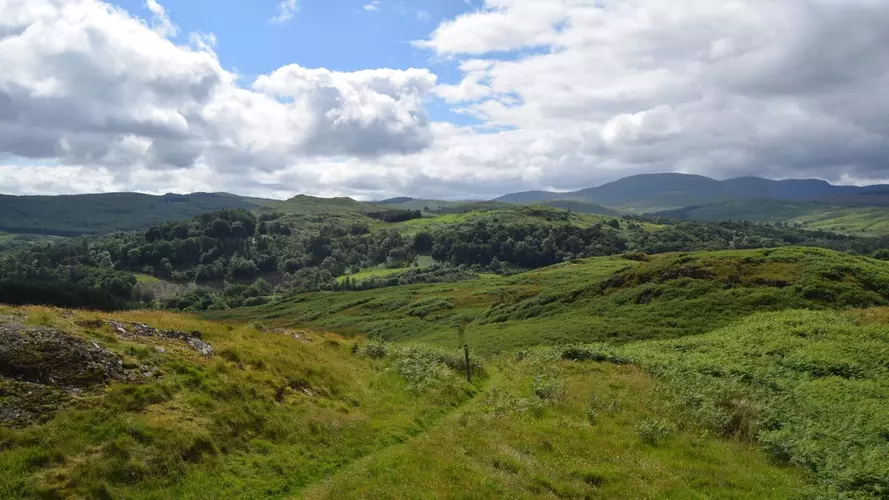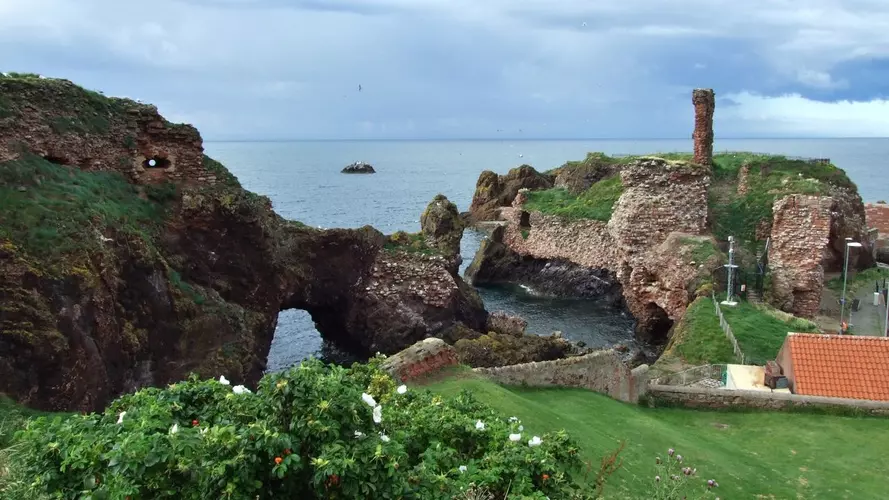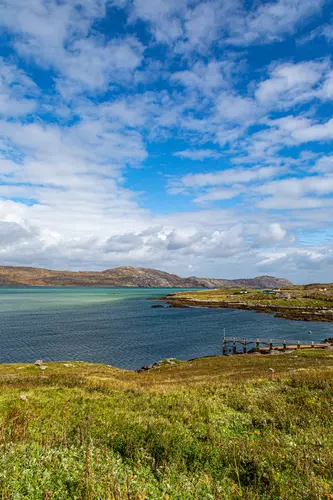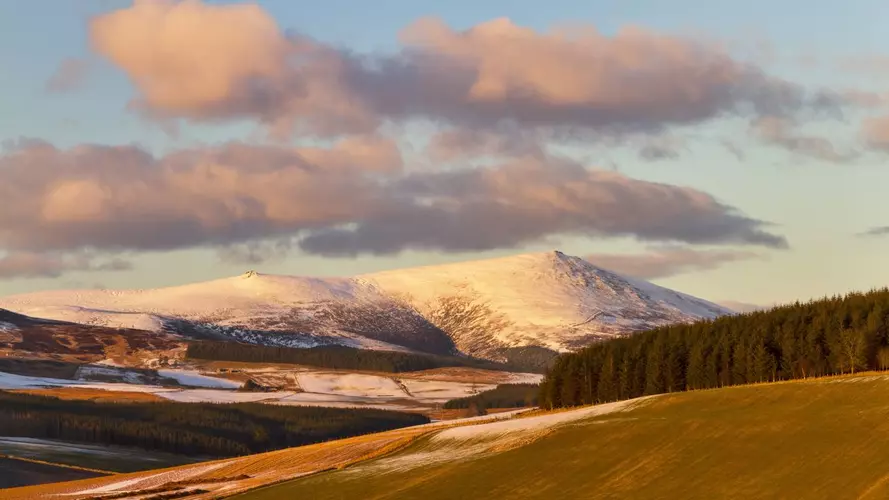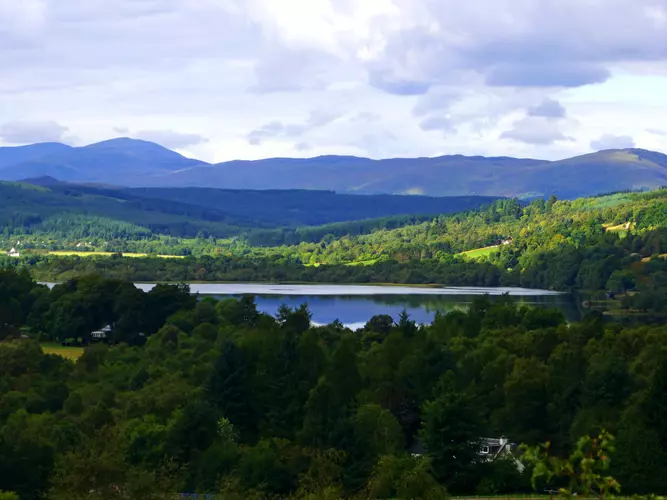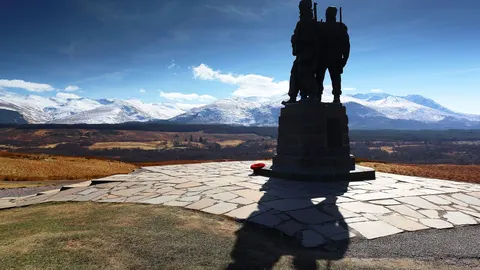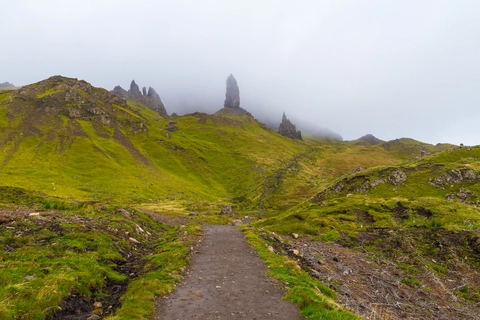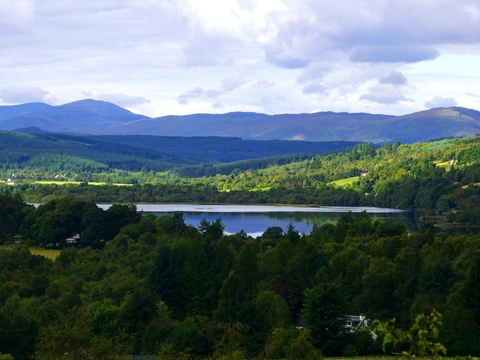"Discover Scotland's wild heart, where ancient history and breathtaking beauty await every adventurous step."
Embark on a journey through Scotland's enchanting landscapes, where every trail tells a story of ancient history and breathtaking beauty. From the rugged peaks of the Highlands to the serene shores of the lochs, Scotland offers a diverse tapestry of hiking experiences. Traverse the iconic West Highland Way, explore the mystical Isle of Skye, or wander through the lush forests of the Cairngorms. With every step, discover a land where nature and legend intertwine, inviting you to explore its wild, untamed heart.
Most popular hikes
FAQs about hiking in Scotland

Summers, typically June to August, offer the most hospitable hiking climate. Though occasionally rainy, the temperatures hover around a comfortable 15°C - 20°C, with up to 18 hours of daylight to fully exploit the trails. Careful monitoring of midge activity is vital for a hassle-free experience. https://www.livebreathescotland.com/midges-in-scotland/
Autumn brings a dazzling display of changing colours, but the weather, much like spring, can be erratic. Temperatures begin to drop, and daylight hours shrink rapidly, restricting hiking time. Winters are challenging with shorter days, snowfall, and icy trails. For the experienced, it presents a unique, exhilarating challenge. Check https://www.mountaineering.scot/. Best to avoid winter unless highly experienced.





